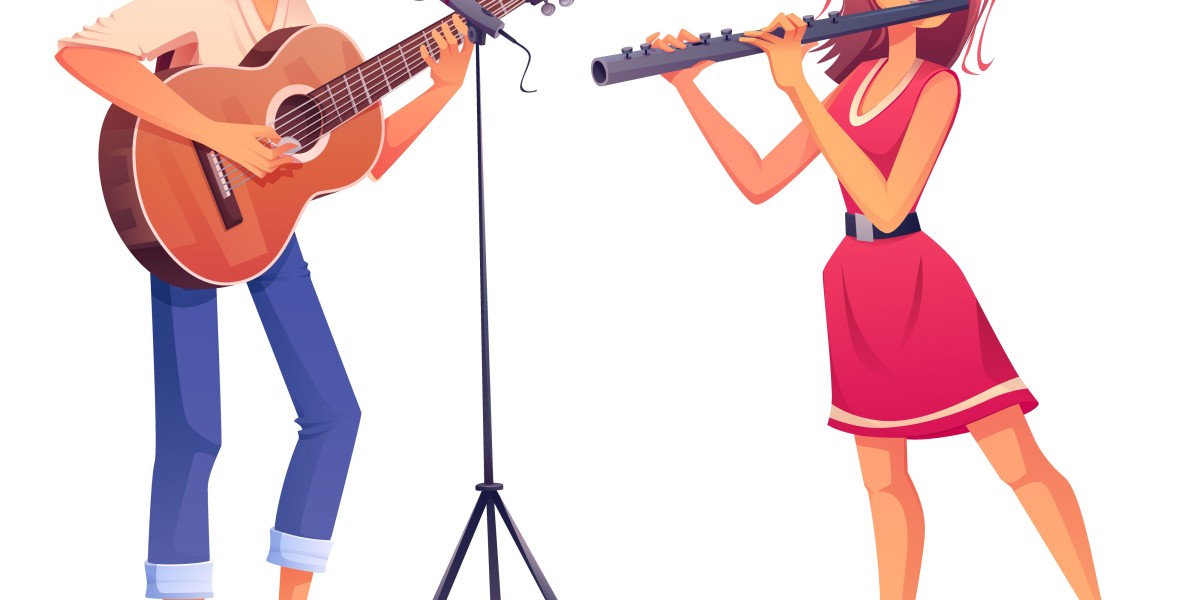When you hear a singer slide through a phrase with a series of quick notes that sound effortless and expressive, you are likely hearing a vocal riff. These short melodic runs might seem like spontaneous flourishes, but in truth, they are crafted with intent, training, and creativity.
In recent years, more vocal coaches and singers have been exploring the question: what is a vocal riff, and how does it change the way we perform? The answer is more powerful than you might expect.
To see a full breakdown with examples and technique, visit this guide on what is a vocal riff.
Defining the Riff: More Than Just Fancy Singing
A vocal riff is a series of notes sung in a quick sequence, often woven into a line of melody to add texture or emotion. Though it may seem casual or improvised, the best riffs are the result of hours of muscle training, note mapping, and stylistic shaping.
Riffs are not limited to one genre. Though popularized in R and B, gospel, and soul, riffs are also used in pop, jazz, musical theater, and even classical crossover. They have become an essential part of a modern singer's vocabulary.
Why Riffs Are Powerful for Performers
One of the most overlooked benefits of vocal riffs is the way they help singers communicate. When a vocalist uses a riff, it often signals emotion, intensity, or energy in the performance. Unlike simple phrasing or vibrato, riffs can push a performance into new territory.
Audiences respond to vocal riffs because they feel organic. They showcase a singer’s flexibility and give a sense of spontaneity, even if the riff has been practiced dozens of times.
The Mechanics Behind a Vocal Riff
Though riffs sound quick and light, they require excellent technique. A singer must have:
Strong breath support
Controlled transitions between registers
Excellent pitch accuracy
An ear for timing and rhythm
This is why many coaches recommend breaking riffs down into slow, isolated notes first. Once you learn the pitch sequence, you can gradually build speed and fluidity without losing clarity.
Are Riffs Teachable?
Absolutely. Many new singers believe riffing is a gift only a few are born with. The truth is that riffing can be taught step by step, just like scales or vibrato. Some coaches focus on riff-building exercises using the pentatonic scale, which forms the basis of many popular riffs.
Others use call and response training, where students listen and copy riffs in real time. These methods strengthen the ear, develop timing, and help singers build a mental library of riffs they can draw from during live performances.
Common Mistakes with Riffing
Not every riff is effective. Some singers try to riff before building enough foundation. Common mistakes include:
Going too fast and losing pitch
Forcing a riff into a song where it does not belong
Repeating the same riff too often
Ignoring the emotional purpose of the riff
A good riff is not just impressive. It serves the story of the song. That is why learning when to riff is just as important as how to do it.
Riffs and Stage Presence
When used well, riffs can elevate a live performance. They give the impression of spontaneity and freedom. Audiences love the surprise of hearing a unique vocal run that was not on the original recording. That moment of unpredictability makes the live version feel more alive.
However, stage presence also depends on confidence. Singers who train their riffs feel more in control of their voice, and that control shows in their performance.
How to Practice Riffing
Here is a simple method for getting started:
Pick a short vocal riff from a song you love.
Slow it down and break it into individual notes.
Practice the pitch sequence until you can sing it clearly.
Use a metronome to speed it up gradually.
Record yourself to check timing and tone.
Try singing the riff on different vowels and in different parts of your vocal range.
Over time, your accuracy and speed will improve. Eventually, riffing will become second nature.
Final Thoughts
So, what is a vocal riff? It is more than just a string of fast notes. It is a tool for storytelling, a sign of vocal maturity, and a skill every singer can build with time and guidance.
Learning to riff is not about copying others. It is about building your own voice, one note at a time. Whether you are just beginning or already performing on stage, riffs can help you become a more expressive, confident singer.








